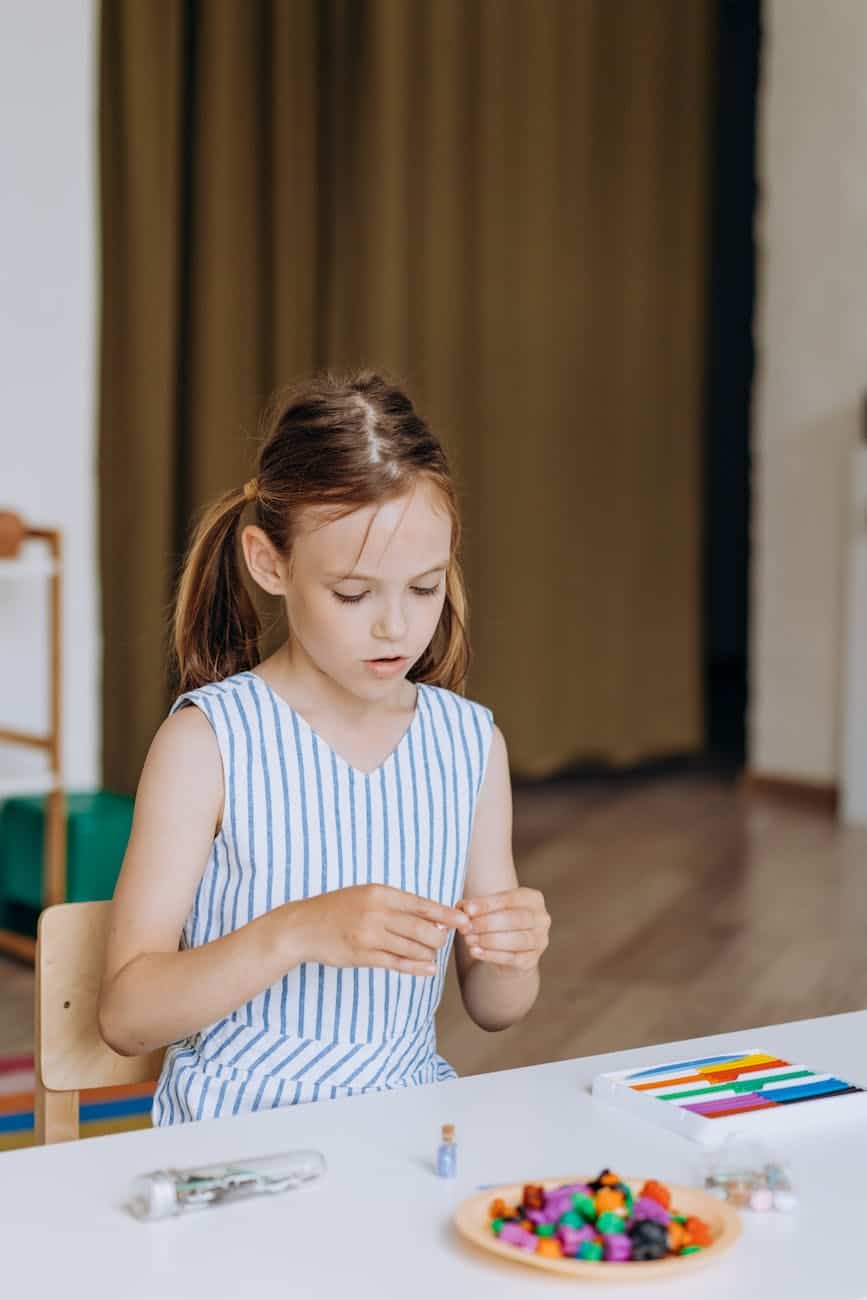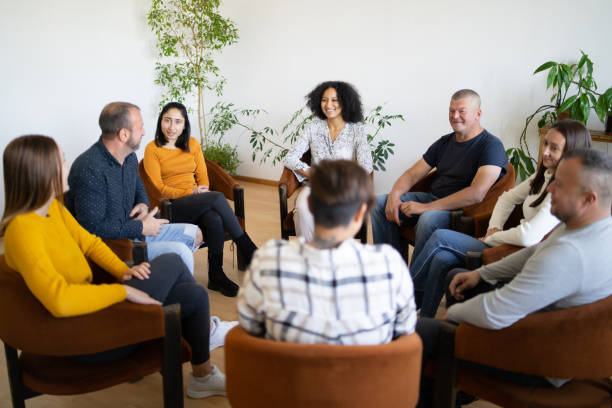Hands-on Learning Activity to Teach Basic Concepts (Reading, Science & Spatial Awareness)

|
Getting your Trinity Audio player ready...
|
Hands-on Learning Activity (See Below for More Info About this Activity)

Research shows that children learn best with a multi-sensory approach that incorporates visuals and interactive materials.
Children with speech-language challenges, often understand concepts better when we demonstrate them, as opposed to just explaining them verbally.
Some students, such as those on the autism spectrum, may have difficulty with verbal communication and/or understanding phonics concepts.
The hands-on activity shown above (and at the bottom of this article), aims to help students understand basic concepts related to spatial-awareness, and the general location of common objects found in the sky and on the land.
Simple reading is also incorporated, as the objects each have their name spelled underneath (sun, tree, plane, pond, bird, bench).
In some cases, individuals learn to read by remembering the shape of each word and pairing each shape with a mental image or relative context. That is why the activity pairs written-words with corresponding pictures.
You can also incorporate basic math with this activity by counting the objects and demonstrating that we have more or fewer items, depending upon how many we put on the left side (we can demonstrate addition and subtraction this way).
Some of the objects are natural and others are man-made. This can be another topic for this hands-on lesson.
Teachers, parents, students, etc. can also use videos, nature, and objects (e.g., toy plane, toy tree, toy people, toy bench, etc.) to help students understand connections and differences between concepts and objects.
For instance, we can show how we find a bench and a tree outside, however, one is man-made and the other is made from the earth.

As an example of using a video to bring a concept to life, after your students place the plane in the sky in the picture, you may want to show them what a real flying plane looks like to put it into context.
Here is the printable file-folder activity for you one more time.
Education and Behavior – Keeping Adults on the Same Page for Kids!







